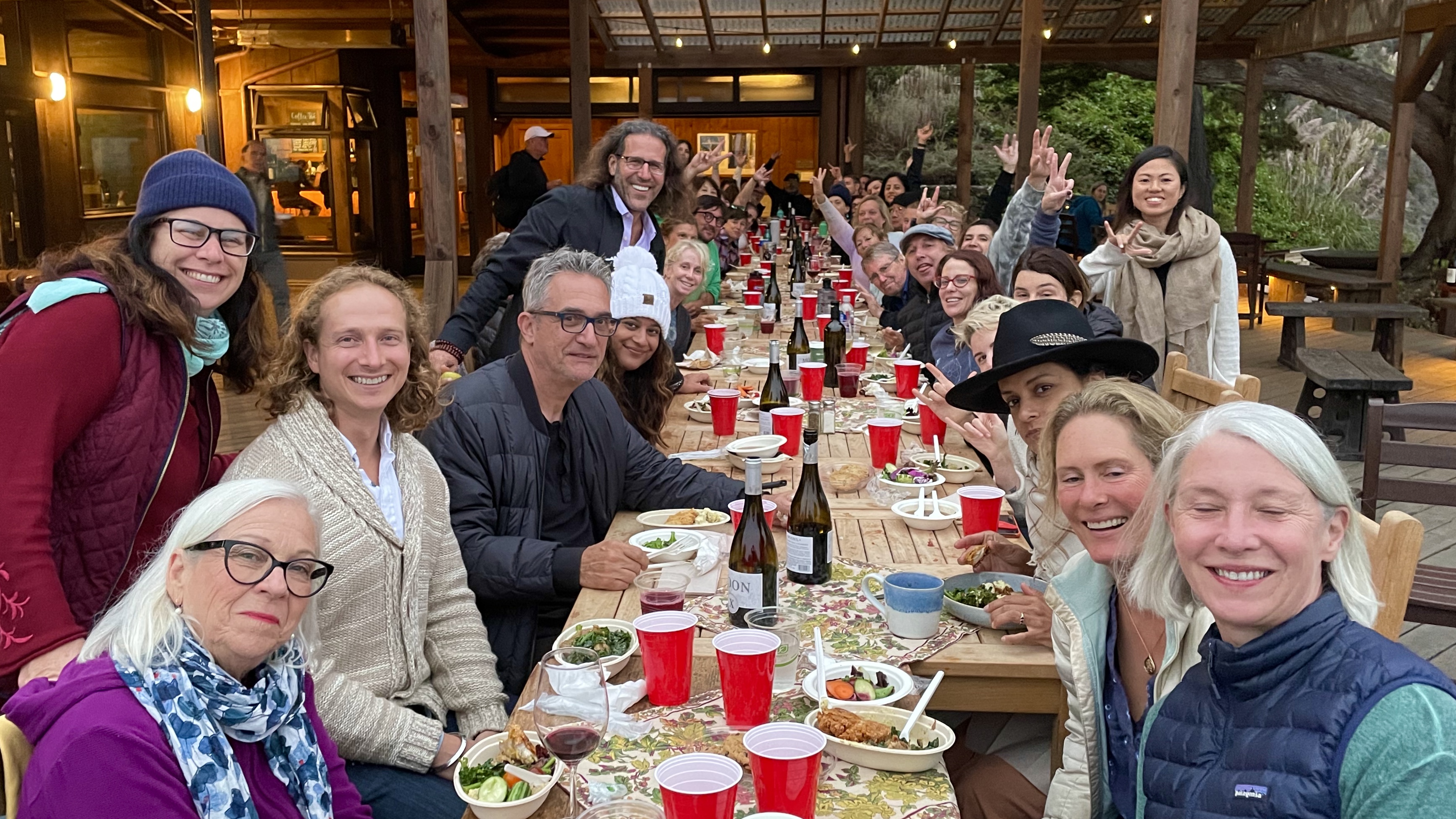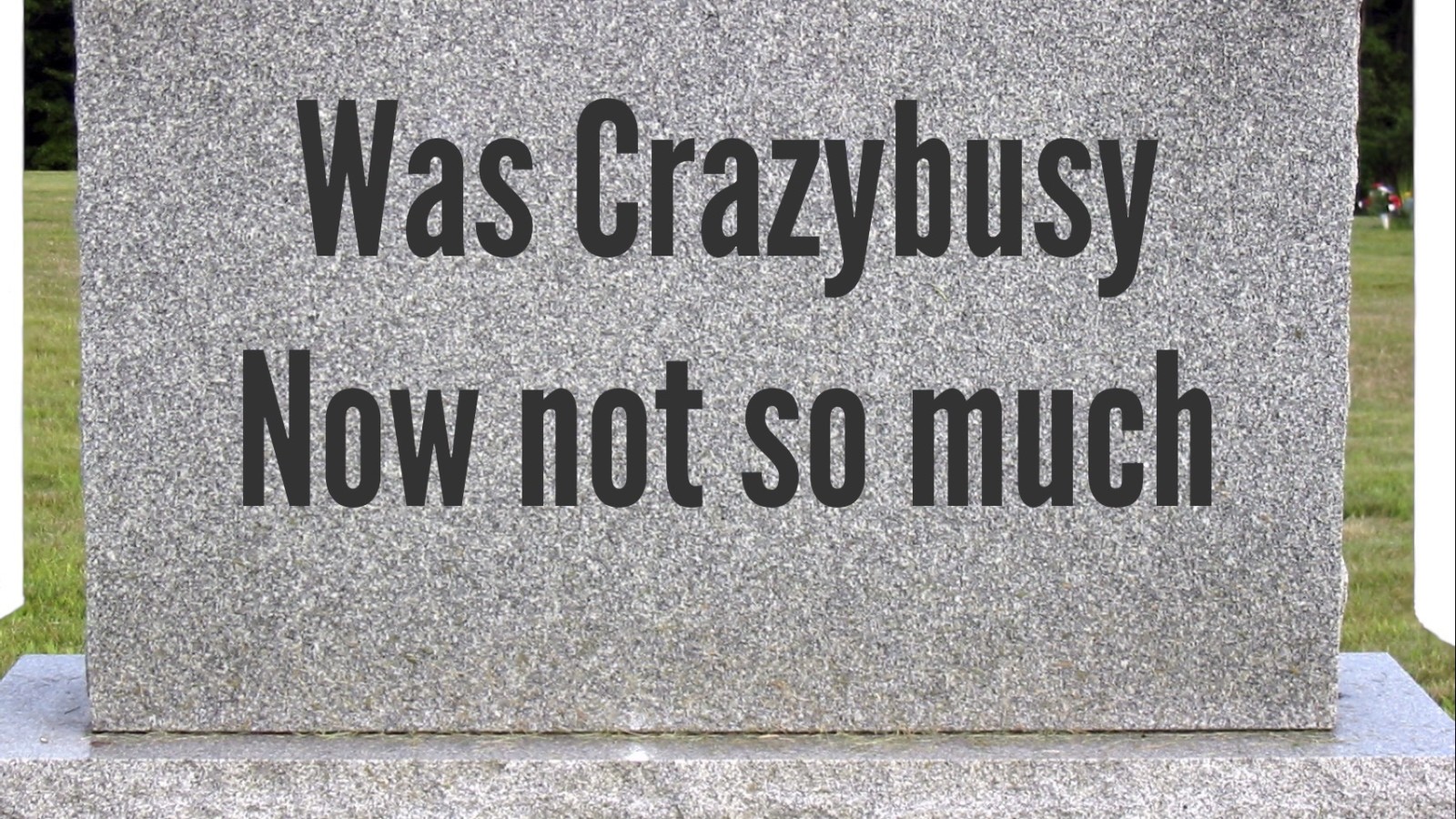“Our growing dependence on technologies no one seems to understand or control has given rise to feelings of powerlessness and victimization. We find it more and more difficult to achieve a sense of continuity, permanence, or connection with the world around us. Relationships with others are notably fragile; goods are made to be used up and discarded; reality is experienced as an unstable environment of flickering images. Everything conspires to encourage escapist solutions to the psychological problems of dependence, separation, and individuation, and to discourage the moral realism that makes it possible for human beings to come to terms with existential constraints on their power and freedom.” ~ Christopher Lasch, “The Culture of Narcissism: American Life in an Age of Diminishing Expectations,” 1979
It is an old joke that if someone attended Harvard, served in the Marines, or is vegan, you will know it within one minute of meeting him. Scott Galloway adds people who do Crossfit to this list of braggarts.
How do we determine if someone is a potential friend or foe when we first meet them?
Like many other animals, we need to discern if someone is a member of our tribe or not. The concept of “tribal” needs to be revisited under the ascendancy of late capitalism, social media, and globalization. In a tribe — usually consisting around 140 or 150 related family members — rarely would a member transgress the established laws or mores and risk being ejected into the wild to fend for herself. But since the industrial revolution, with many people living in cities away from their families, under our system of highly competitive late capitalism coupled with a “gig economy” of workers continuously seeking their next jobs, many people place a primacy on procuring potential clients or employers rather than establishing secure human connections. Every social situation is viewed as “networking.” Relationships have become transactional.
In Los Angeles where I reside, I often witness people meet for the first time and do what I refer to as “hovering” — not dissimilar to dogs when they first meet — to check if the person is friend or foe, and then what potential role that person can play in the mental screenplay entitled “This Is What I Think My Life Should Resemble,” i.e., playmate, plaything, partner, or next source of income.
Since humans are so much more sophisticated than dogs sniffing each other, “Affinity Grouping” is how tribalism manifests visually: two people see that they are wearing the same brand of clothing or shoes, have the same color credit cards, have similarly coiffed hair, or similar handbags or cars, and their lizard brains start to let down their guards.
After visual cues we use verbal language to determine commonalities: “What’s your name?” “Where are you from?” “I love your jewerly!” “Can you believe the Dodgers lost yesterday?” “Did you see that Bitcoin dropped today?” “What do you do for a living?” etc. All of this verbal ballyhoo is simply to determine if the other person is a trustworthy member of our tribe or if we should beware.
Once safety is established, I have seen many people lunge into either a hard sell or a soft sell. I think this is what Christopher Lasch so presciently predicted in “The Culture of Narcissism;” much of the technology of the Internet that originally intended to bring people together has now been corrupted into exploiting the hedonic treadmill of consumer capitalism. The tools needed to establish authentic rapport have been dulled from over-stimulation and having too many choices.
Just as an experiment, notice the percentage of emails and messages you receive this week that mention some $ervice or online course or new technology or travel experience or something that is going to end up making your wallet a few ducats lighter.
The questions that I always wonder are, “Where is the authenticity? Can people be authentic when they are selling something?”
When I lived in Paris in the early 1990s it was still vulgar to talk about work and money. It wasn’t “polite conversation.” But the American dream and American way has flooded the world with people who think they will be happier if they own more stuff. Or better stuff. Or different stuff. More, better, different. But it’s still just stuff. And once they own more stuff then they have to tell more people about the stuff that they own. In 1899 Thorstein Veblen called it “Conspicuous Consumption.”
As you already know, the primary thing that correlates strongly with happiness is the quality of our intimate relationships, our secure connections. After that comes autonomy and agency. Owning more stuff does not correlate strongly with happiness due to the fact that our minds are analogous to hedonic treadmills: shortly after we sate any desire it is replaced by another desire.
A few years before Thorstein Veblen, Nietzsche prodded his readers to live their lives as they were constructing works of art. Teenage solipsism and nihilism could be waylaid or at least remedied by creating, creating beauty, adding beautiful creative expression to the world through music and literature and poetry and art and sculpture.
But how can these artists and musicians and writers effectively market their arts today on the Internet without appearing to suffer from Main Character Syndrome or what was previously referred to and sometimes diagnosed as Narcissism?
There used to be something called “The Art of Conversation” where through discussing art and music and literature people found the members of their tribes.
After capitalism implodes and another modus operandi of human interaction emerges, will the next society look back on us as narcissists, or as sociopaths, or as the authors of our lives who just happened to cast ourselves as our own main characters?



